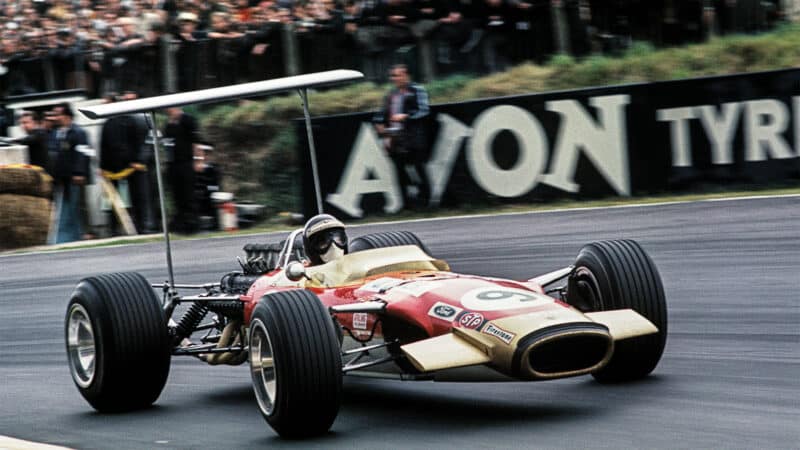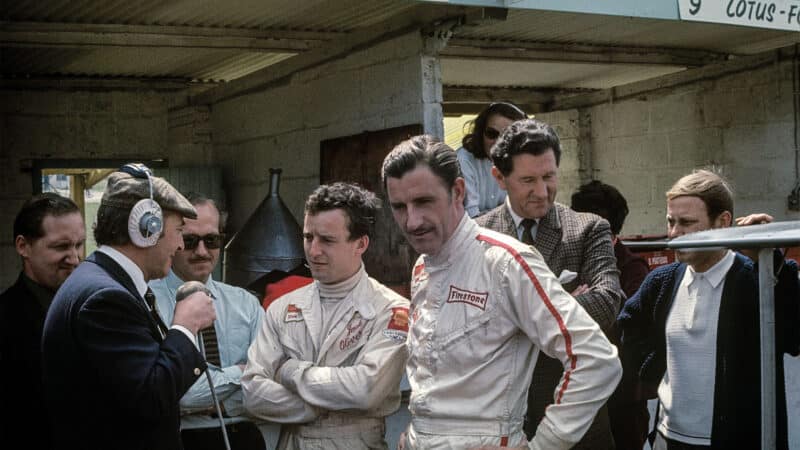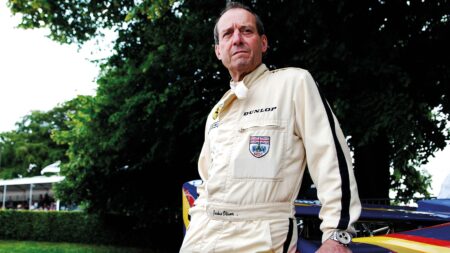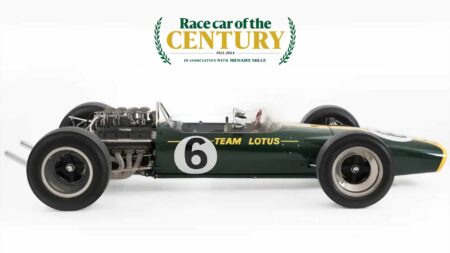On April 7, 1968 during an F2 race round a deluged Hockenhim circuit, the team’s talisman Clark speared into the tress – he was killed instantly.
Lotus was left reeling, but it needed a driver. Chapman, who had been extremely close to Clark, couldn’t bring himself to replace the Scot for the next race in Spain, but come the 1968 Monaco GP it became apparent that the second Lotus 49 seat needed to be filled, and Oliver was the man – or at least some within the fold thought so.
“[Lotus team manager] Andrew Ferguson liked how I was going, and [race engineer] Endruweit was a big fan, but Colin Chapman didn’t want to know,” Oliver said in 2009. “He was only interested in Jimmy and Graham. Colin was impossible, all over the place. Then Jimmy died, and he was even worse. His best driver, his best mate, was gone.”
From the off, Oliver knew there would be no easy ride – never mind a bedding-in period – when getting his feet under the grand prix table at Lotus.
“Ironically when Jimmy was killed I had this macabre opportunity of going to Formula 1,” remembers Oliver. “Graham Hill was team leader but I wasn’t nervous about it, I was very confident, a little bit of an arrogant young man.

What was left of Oliver’s Lotus 49 after frightening Rouen crash
Grand Prix Photo
“Colin was the worst person to try and bring on a young driver who’d just been dumped in Jimmy Clark’s seat. No opportunity for any testing, and on the Monaco grid he stuck his head in the cockpit and said, “Lad, no more than six people ever finish this race.” I didn’t know what he meant. He could have been more helpful, a bit of advice, and I might have got some points for the team.
“As it was, Bruce McLaren crashed on the first lap and, arriving behind him I had nowhere to go to avoid his car and hit the stationary McLaren.”
“I walked back to the pits. Colin, bent over his lap chart, didn’t even look up. ‘You f***ed that up, didn’t you. You’re fired.’ Not a long F1 career. Half a lap,” he added in 2009.




